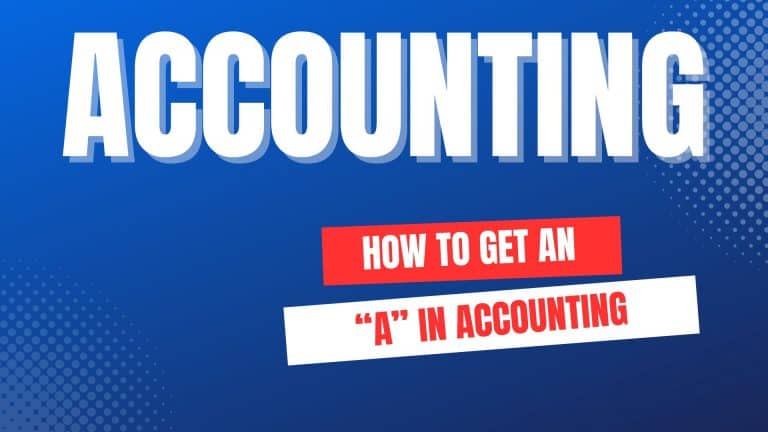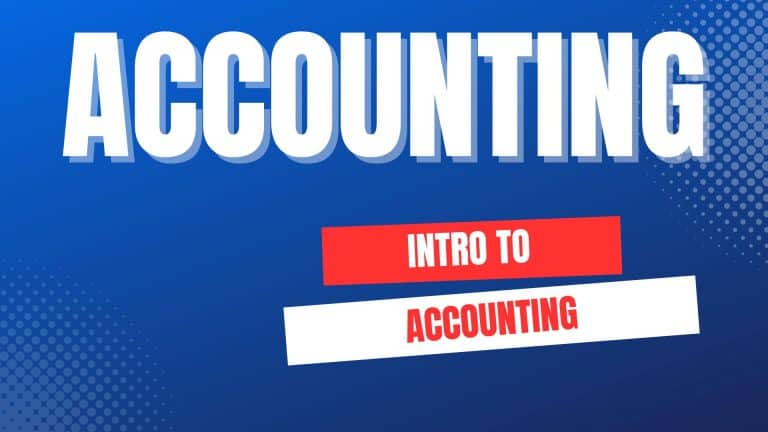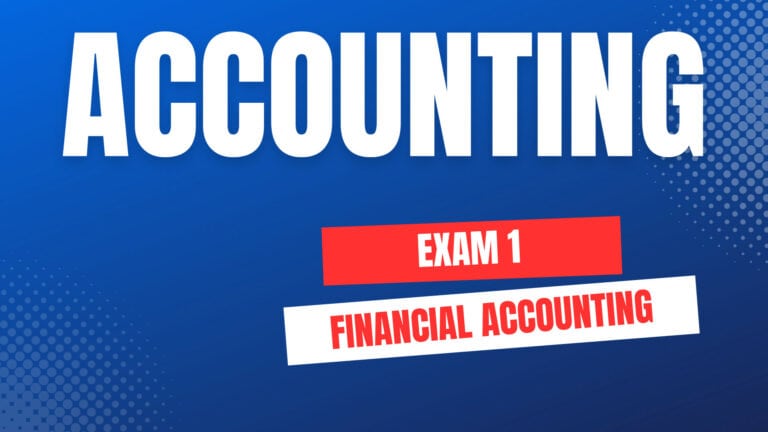This is a study guide for Intermediate Accounting. It includes all the chapters and material for the full year of Intermediate Accounting. This includes Intermediate Accounting I and Intermediate Accounting II.
Contents
Intermediate Accounting
This guide shows topics covered in intermediate accounting courses. This covers the topics included in the following intermediate accounting textbooks:
- Intermediate Accounting, by Kieso, Weygandt, and Warfield, Wiley.
- Intermediate Accounting, by Spiceland, Nelson, et al, McGraw Hill.
- Intermediate Accounting, Wahlen, Jones, and Pagach, Cengage.
See 10 Tips to Make an A in Accounting
1: Financial Accounting Standards
Financial accounting is the preparation of financial reports for an entity. These financial reports are used by both internal and external parties.
The common set of rules and procedures in the United States is called generally accepted accounting principles (GAAP). These are the rules for reporting the financial information of a business entity.
The Securities and Exchange Commission (SEC) has the legal authority to set accounting standards in the United States.
The SEC allows the Financial Accounting Standards Board (FASB) to produce these standards that establish GAAP.
See the article Financial Accounting Standards.
2: Conceptual Framework for Financial Reporting
A conceptual framework in accounting is important because rule-making should relate to an established body of concepts.
The FASB’s conceptual framework is developed in a series of concept statements. The conceptual framework has 3 levels:
- Level 1: Objective of financial reporting, the “why” or purpose of accounting.
- Level 2: Qualitative characteristics and the elements of financial statements.
- Level 3: Financial reporting concepts, the “how” or implementation.
See the article Conceptual Framework for Financial Reporting.
3: The Accounting Information System
The accounting information system records transactions and then summarizes the financial information to interested parties. Accounting is the language of business. To understand the accounting process, basic terms need to be learned.
This chapter reviews debits and credits using the DEALER method. Also, how debits and credits are used in journal entries.
The accounting information system includes the 9 steps in the accounting cycle.
See Accounting Information System.
4: Income Statement
See Income Statement
5: Balance Sheet
See Balance Sheet
6: Time Value of Money
7: Cash and Receivables
Bank Reconciliation
Accounting for Bad Debts
8: Valuation of Inventories: A Cost-Basis Approach
9: Inventories: Additional Valuation Issues
Chapter 9 is the second chapter on Inventory. These are special inventory valuation issues. The first topic is the Lower of Cost or Net Realizable Value (LCNRV).
The second topic is estimating inventory. There are two methods:
- Gross profit method
- Retail method




